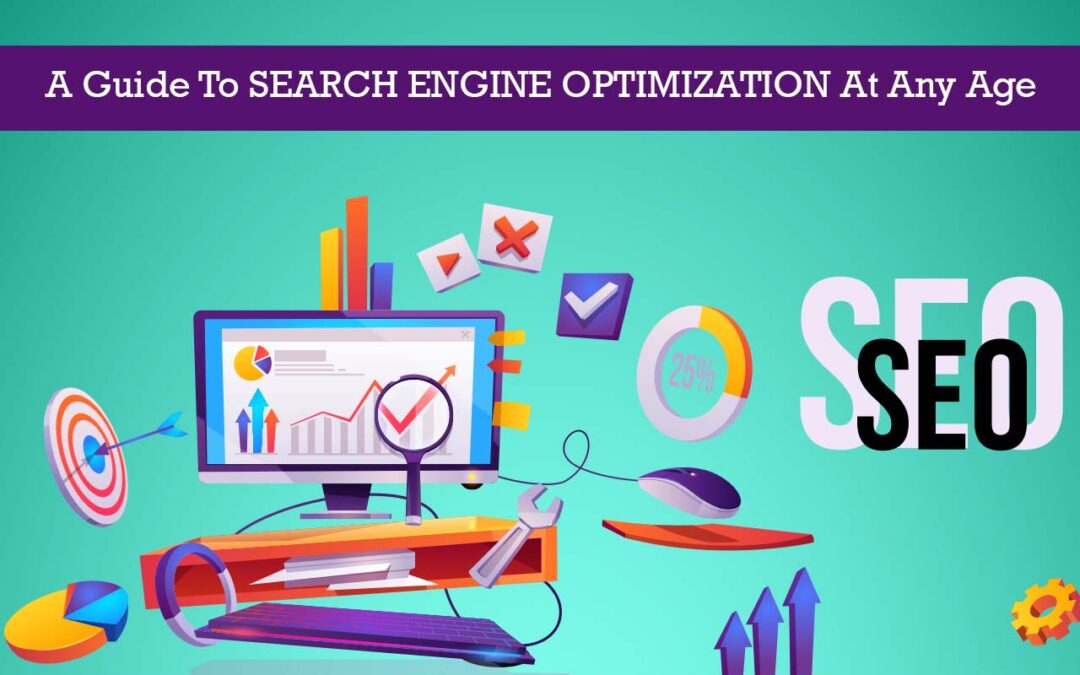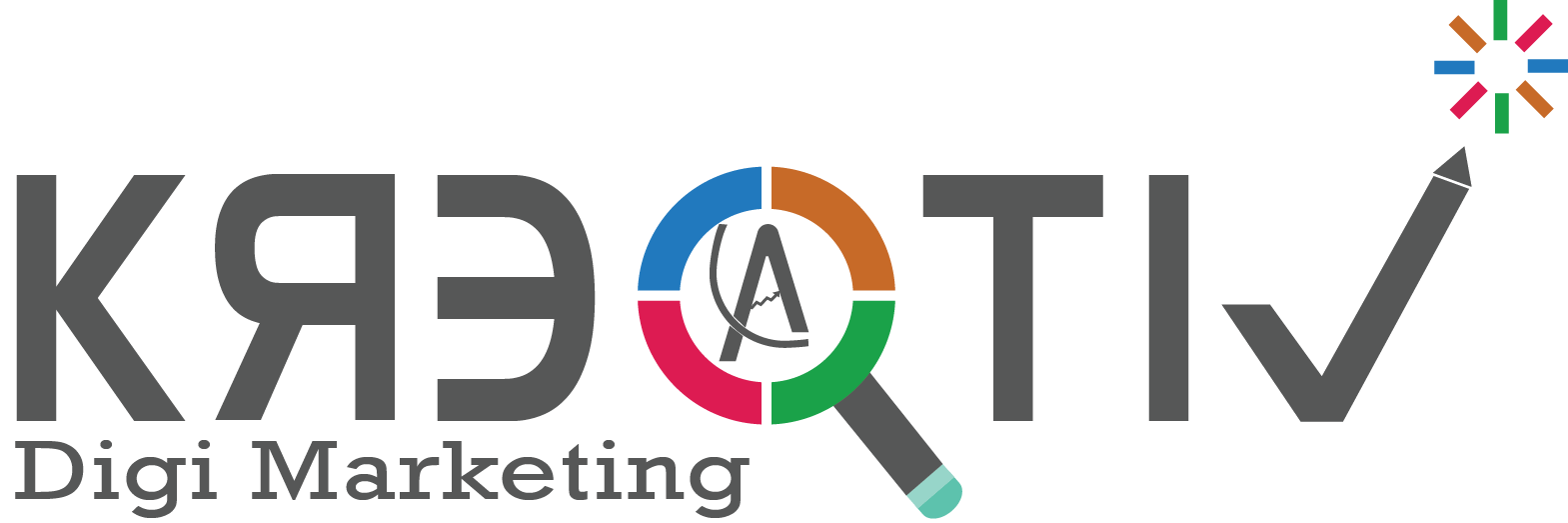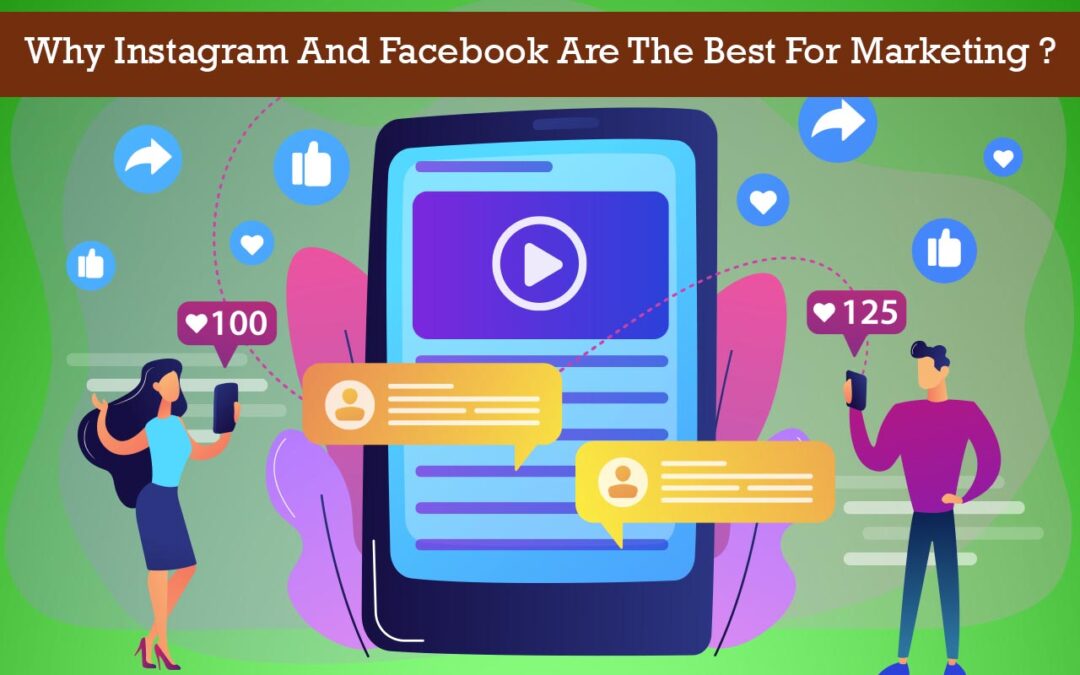
A Guide To SEARCH ENGINE OPTIMIZATION At Any Age
A Guide To SEARCH ENGINE OPTIMIZATION At Any Age
Is it easy to stand out and differentiate yourself as unique in this era of digital traffic?
And the answer is YES! A Guide To SEARCH ENGINE OPTIMIZATION At Any Age
But one cannot consider it as a piece of cake, but at the same time, it is not as difficult as climbing Everest.
Do you know why it is not easy?
It is not so easy as digitalization is taking place speedily in all walks of life. One of them is digital marketing.
Digital marketing is replacing the traditional marketing ways with optimum efficiency. It has evolved with excellent strategies to boost customers to your business.
The first step to being successful in digital marketing is content optimization. SEO is a process to optimize your content and help you reach great heights to meet digital marketing needs.
Get set to know all about SEO……
What is SEO?
SEO is for Search Engine Optimization.
It is the process used to increase web traffic to a website. SEO helps create High-quality content by including keywords and associating backlinks within the range.
This method helps in improving site ranking organically in a non-paid way.
In simple terms, SEO increases your site visibility when people search for products linked to your company in Google, Bing, or any other search engine.
The better your site’s visibility, the more likely you will reap attention and unite customers by creating SEO-friendly content.

How does SEO work?
Google and Bing come under search engines that are used as bots to collect information regarding the pages and presented in the very first or top of the search engine.
The index can be considered a library of keywords from where one hunt will find what they are looking towards.
Some algorithms analyze pages by considering multiple factors to decide whether the page should be shown when a query is typed on search engines.
The search algorithms are created to provide a user-friendly search experience to all the users.
Search Engine Optimization helps your pages rank higher in the search results. So optimizing content is very much necessary to build organic traffic to your site.
It is an integral part of digital marketing as billions and trillions of searches to find information related to products and services.
Search is what everyone conducts before buying any product or service and builds an audience to a company.
So, it is required to make sure your site ranks higher in the search results than your competitors to impact your bottom line positively.
However, the search results have evolved and prefer advanced strategies to sustain users on the results page by providing direct answers to their questions.
To increase site visibility, you can also use Rich Results and Knowledge Panels. It will help in boosting your visibility and give the user access to your information quickly. SEO is the basis of marketing.
It is necessary to understand what your website users want to implement your campaigns.
What are the Types of SEO?
There are various types of SEO that include:
White-Hat SEO
White-hat SEO refers to fulfilling or ensuring your work abides by Google’s SEO guidelines. It has many advantages like creating goodwill for your brand, proving loyalty, and sustaining in the race. However, this will also ensure that your site’s authenticity as it is abiding by google. It cannot be shut down or banned in the search results despite algorithm changes. White-Hat SEO can be regarded as a low-risk and high rewards process. For example: include relevant content that is based on keywords, gain links from high-authority sites.
Black-Hat SEO
Black-hat SEO refers to a very different perspective from white-hat SEO as it identifies loopholes in the search algorithm of Google to top the race on its SERPs. Black-Hat SEO does not rely on search engines and relies on paid link-building methods and cloaking to generate traffic. With this method, your site will likely get blacklisted or drop its ranking in the search engines.
Grey-Hat SEO
Grey-hat SEO comes in between white and black-hat SEOs used by SEO agencies to obtain quick results. Such methods are not banned, but they can lead to improper search orders. It includes sensational content that is not user-friendly suspicious link exchange between sites, and other such ways. So, it is better to avoid such type of SEO and reduce the risk of getting trapped.
Negative SEO
Negative. The word itself represents a false SEO technique. It is an unethical SEO that is practiced by the agencies to unethically rank your sites at the top to fight your competitors. It involves hacking into different sites and generating low-quality links to them. Other ways include: adding negative reviews and comments. Negative SEO is unethical and therefore should not be practiced by anyone as it can lead to strict actions once caught by the law.
On-Page SEO
On-Page SEO refers to authoring high-quality content to help users by adding meta tags, HTML tags, original links, and other elements so that Google bots recognize you easily. Having an organized naming system, selection of images, and writing sound and descriptive content come under the techniques of On-Page SEO.
Off-Page SEO
Off-Page SEO refers to the factors that you perform outside your website to feature higher rankings. It is primarily a technique to help Google bots easily crawl, evaluate and record all the pages of your site for future use. It includes building links from trusted sites in the same domain as you. Social media marketing and positive customer reviews on various online portals are a few off-page SEO techniques.
Technical SEO
Technical SEO is mainly to help Google bots to list pages of your site for future purposes. This technique includes: creating a thorough XML sitemap, creating a mobile-friendly site or application.

What are a few SEO Best Practices?
- Add Keyword In Your Content
- Write Unique Titles, Descriptions, and Content
- Optimize Your Site’s Loading Speed
- Optimize Your Title Tag for SEO
- Track your results
- Optimize Images for SEO
- Use Internal Linking
- Publish Interesting Content
Key takeaways:
- Understand what SEO is and produce content accordingly.
- Always keep in mind that you are primarily writing for humans and search engines second.
- Do not use words that are hard to read and unfamiliar to a general audience.
- Do not forget to use targeted keywords in all the right places.
- Focus primarily on user experience (UX)
- Focus on building relevant links
- Format content for Featured Snippets
- Keep a frequent check of your site’s performance and remove anything that slows down your site
- Pay attention to Google algorithm updates
Conclusion
The SEO writers must fill in the simple keywords that a general audience uses to search for their needs. Client customization is quintessential of any SEO writer because it generates a targeted audience and helps advertise the goods and services successfully. Hence, SEO plays a vital role in boosting site presence and expanding the size of your targeted audience.













